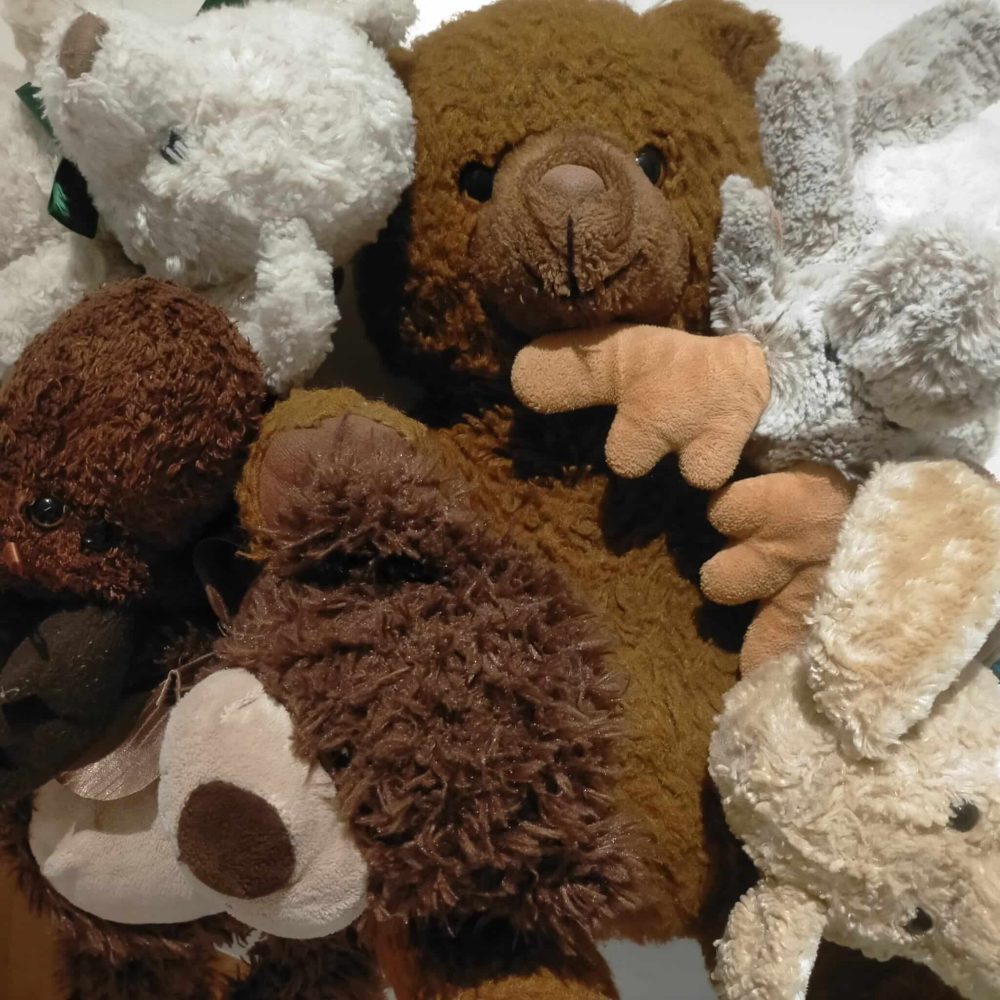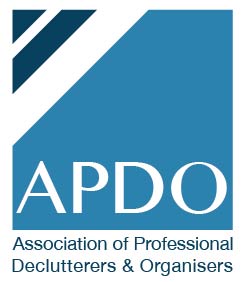Are you thinking about doing some half term decluttering with your kids? But are you worried about how to get them involved enthusiastically, or at least without too much resistance? In this blog, I share some fun ways to declutter with your kids. You could try them all, or pick one or more that you think will work best for your family.
How to convince your kids to declutter this half term
Before you start, it’s important to be mindful about how you frame that you want to declutter your kids’ toys and other belongings. Don’t complain about the mess and the stress you experience due to their clutter. Instead, tell them what’s in it for them. You can read more about this in my blog How To Declutter Children’s Toys.
The Minimalism Game
This game, invented by The Minimalists, involves getting rid of one item on day 1, two items on day 2, three items on day 3, and so on. The Minimalists play this game for 30 days, but as this blog is all about half term decluttering with kids, you only do it for half term.
If you start this game on the first Saturday of your half term, and finish on the second Sunday, you will have decluttered for 9 days. And you will have 45 items less in your house. At least! Because I would ask every person in your household to join in. I live with my husband and our three children, so for us that’s 5 people: 5 x 45 = 225 items!
The 12-12-12 Declutter & Organise Challenge
When doing this challenge, from Joshua Becker, who’s written books on minimalism and intentional living, walk around your house with three boxes or bags:
- Box / Bag 1 is for 12 items to throw away, for example broken items that are beyond repair, incomplete items (games or puzzles with pieces missing), drawings and artwork that don’t need to be kept any longer
- Box / Bag 2 is for 12 items to donate, for example books that you’ve read and won’t read again, shoes and clothes that are too small, toys that the kids have outgrown
- Box / Bag 3 is for 12 items to relocate, so all those items that have gone walkies and aren’t where they should be, such as books under the bed, cuddly toys behind the sofa, and pens wherever you look but never in the pen pot where they should be when you need one.
If you’d like to get a little bit more done than the above 36 items when half term decluttering with your kids, you could add extra rules. For example, if several items belong to the same category, they won’t all count individually but only as 1 as a group. All the books that you’re going to donate could count as 1 item, or 5 books as 1 item, if it’s otherwise difficult to get to 12 items. And the same with relocating pens, otherwise you might end up with 12 relocated pens which is a good start but ideally you want to get done a bit more.
“Earn” some cash this half term with the 12-12-12 Challenge
Whenever I help clients to declutter and organise their homes, I always get a jar to put all the spare change in that we come across.
Even though as a society we are going more and more cashless, or perhaps due to this, but in most homes there are quite a few coins lying around. On bedside tables, in the bathroom, the sock drawer.
Ask your kids to put all the spare change they come across in a jar when they’re doing the 12-12-12 Challenge. They could keep it as some extra pocket money, or you could go out and buy a treat to celebrate the great work you’re all doing.
Scavenger Hunt Decluttering
When using the Scavenger Hunt Decluttering method, you start with making a list of what your children need to hunt for. Then they go hunting for these items. Remember, it’s a declutter hunt, so your children should only hunt around for items that they’re happy to get rid of.
Here are some examples:
- Something red
- Item of clothing that’s too small
- Something broken
When you sign up to my newsletter, you’ll receive a Scavenger Hunt Decluttering list with 33 items to hunt for.
SEND ME THE SCAVENGER HUNT DECLUTTERING LIST
Declutter Bingo – perfectly suited to get smaller kids to declutter this half term
Declutter Bingo is very similar to Scavenger Hunt Decluttering, but it’s more visual. Instead of working with a written list of items, there are pictures of items to declutter that your children will need to find.
Declutter bingo is particularly good for younger children.
When you sign up to my newsletter, you will receive 3 bingo sheets. If you work your way through all three sheets, you will have 27 items less in your home!
SEND ME THE DECLUTTER BINGO SHEETS
The Marie Kondo Declutter Method for kids
The Konmari Method®, developed by Japanese tidying expert Marie Kondo, is great for kids. It’s all about tidying up by category, and focusing on keeping those items that spark joy. And letting go of the rest. Children usually find it quite fun to sort through all their belongings using this method.
It’s a very thorough method where you tackle ALL your items, but step-by-step so that it feels manageable. However, if you can’t face tackling all recommended categories, or you know that your children are not up for it, or there is simply not enough time, here’s a suggestion.
If you’d like to tackle all your children’s belongings, then start with part 1 (see below) and then move onto part 2. But if there is not enough time, energy or up-for-it-ness, you could choose to only do part 1 or 2. Or pick and choose bits from part 1 and part 2.
Marie Kondo for kids – part 1
The first category to tackle is clothes. Decluttering a children’s wardrobe is usually a lot easier than an adult’s wardrobe, because children grow so fast and you simply put all the clothes that don’t fit anymore on the “to go” pile.
After clothes, it’s time to do some book culling. Get all your children’s books from wherever they are and put them in piles on the floor, table or bed. Let your child choose the books they’d like to keep, and put the rest on the “donate” pile.
Then it’s time to move onto paperwork. For adults that involves bills, hospital letters and bank statements for example. For children, it involves their drawings, birthday cards, homework and other papers from school. Keep only those items that spark a lot of joy.
Marie Kondo for kids – part 2
After paperwork, it’s time to move onto komono. This Japanese word can be translated as miscellaneous. And it’s all items that don’t belong in the previous categories of clothes, books and papers, and all items without sentimental value. Because you leave sentimental items for last. So komono is basically everything else.
If you like, you could skip part 1 and only tackle komono.
Before making any decisions about what to keep and what to discard, it’s time to divide all your children’s toys and other komono belongings into categories. Children usually really enjoy this process of sorting their stuff.
Make lots of different piles with items such as cars, figurines, dolls, dolls clothes, board games, play kitchen items, trading cards (Pokemon, football, panini stickers), and toy musical instruments.
If your children can make any quick and easy decisions about items that can go whilst they’re sorting everything into piles, they can put these items on the discard pile straight away. For all other items, wait to make decisions until everything is sorted.
Benefits of organising – NO decluttering needed
Even if you stopped at the stage of only categorising your children’s toys (so you’re not actually moving things out of the house just yet), it will probably already make you feel better about the state of your home. Because you get a very clear oversight of all the toys in your house. If, after categorising, you put each category of toys in its own storage container, you can enjoy these benefits:
- Tidying up will be much easier
- Finding toys will be much much quicker
- When you and your children have a bit of time, you can easily choose one storage container to declutter and then work your way through all their toys container by container. You don’t need to do it all in one go. Like this, it won’t feel as daunting anymore.
So even if you don’t get round to decluttering everything, or not as much as you had hoped (or no decluttering; just organising), with just this step of the KonMari Method® you can lay the foundations of doing small declutter projects as and when you have time after the half term.
So even if you don’t do any half term decluttering with kids now, but only organising and categorising, that’s a great start!
Tidylicious
Author: Hester Van Hien from Tidylicious is a Home Decluttering & Organising Consultant based in south east London. She helps people to declutter their space and make their home work for them and their lifestyle. If you’d like to talk with me about how I can help you, please schedule a Free Consultation.



